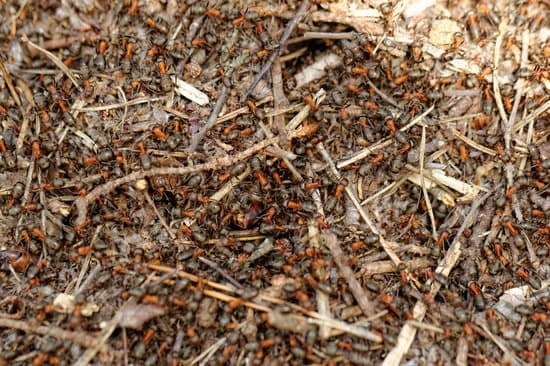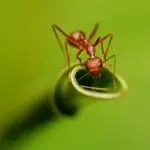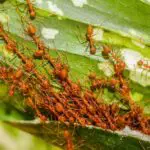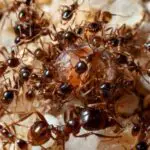Which Acid Ants Have a Defense Mechanism?
Several species of ants are known to secrete formic acid. This is a toxic chemical that is produced in the abdomen of some ants. It is present in ant venom and is used by some ants as a defense mechanism. It is also used as a food preservative.
Formic acid is an organic acid with the chemical formula H-C(O)-O-H. It boils at 100.7 degrees Celsius and freezes at 8.3 degrees Celsius. It is usually found in colorless liquid form. It is used as a food additive and as an antibacterial substance.
A recent study has shown that some species of ants have a mechanism to prevent pathogenic bacteria from entering their bodies. This process is called acidopore grooming. It is a natural process that occurs in acidic crop lumens. However, there are concerns that it might have some side effects on the survival of the ants.
Researchers have suggested that this behavior may be an ancient evolutionary arms race. It may also help to limit the spread of infection within the ant colony.
However, the study results do not provide direct evidence that this process reduces disease transmission. However, it does show that the ants are more likely to survive if they receive food that has been acidified.
In addition, the research team found that formicine ants had a unique mechanism to control the entry of pathogens. After feeding, the ants actively swallowed highly acidic secretion from the poison gland. The amount of formic acid released differed depending on the substrate and the substrate itself. The proportion of succinic acid was also different.








